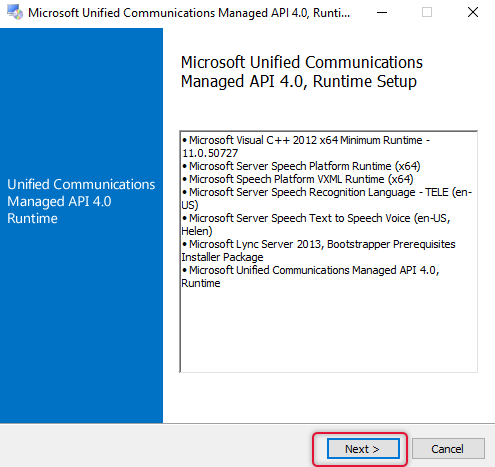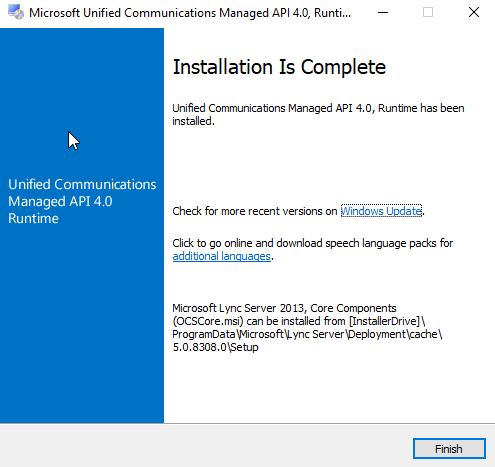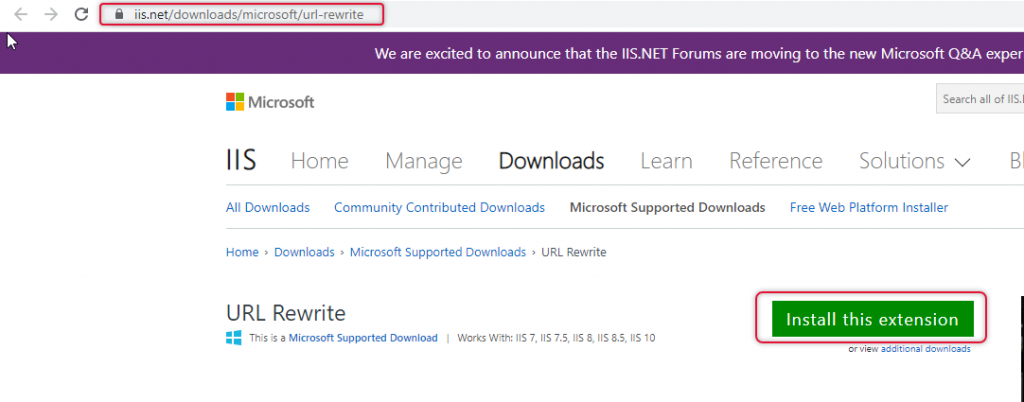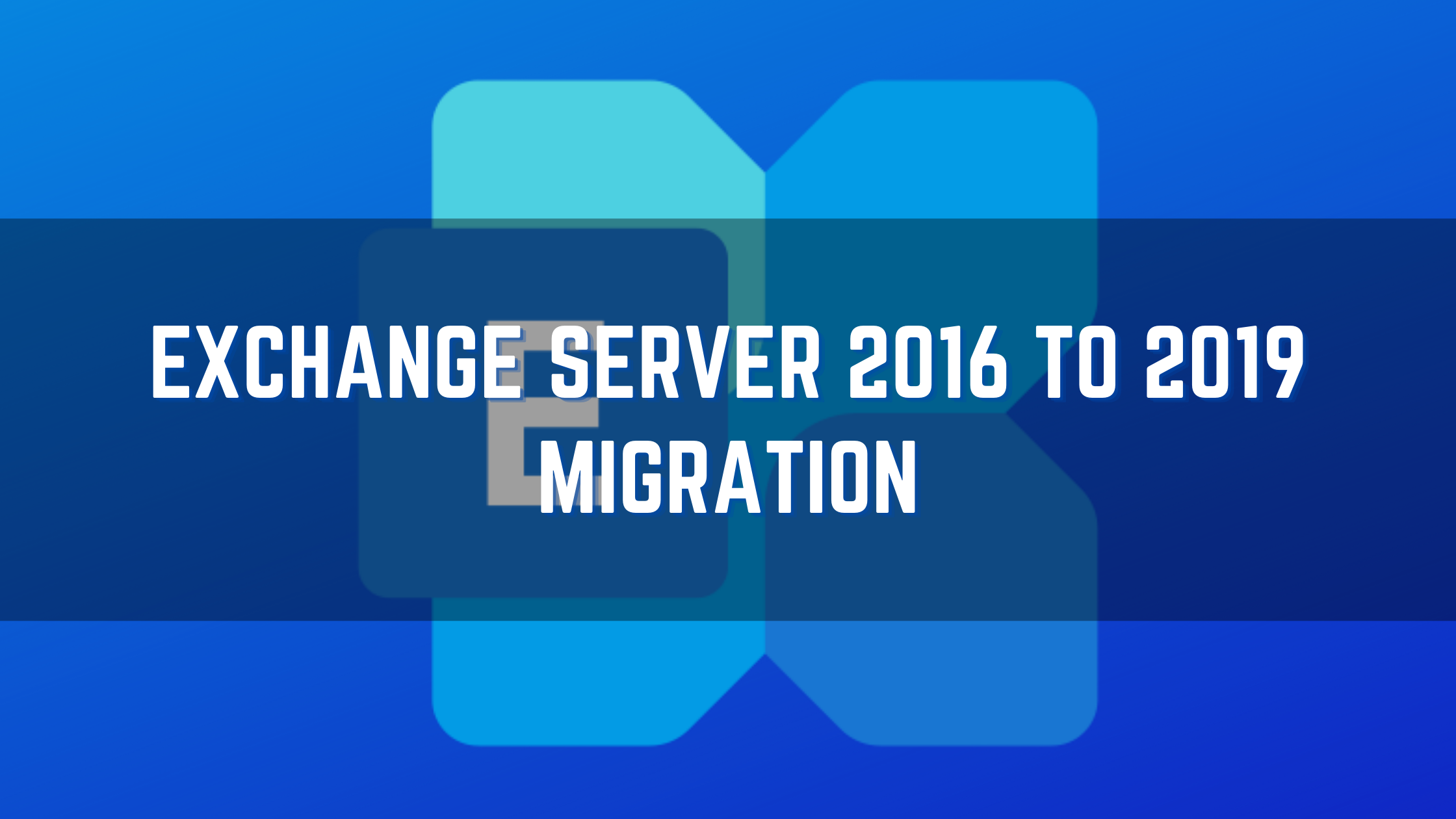How to Migrate Exchange Server 2016 to 2019 | Part I
How to Migrate Exchange Server 2016 to 2019 | Part 1
Migrate Exchange Server 2016 to 2019 | Part 1
Migrate Exchange Server 2016 to 2019 | Part 2
Migrate Exchange Server 2016 to 2019 | Part 3
Preface:
The messaging system evolving day by day, but the fundamental elements of messaging doesn’t change. There is a new way of the email systems coming to use in the modern world and the Microsoft product Exchange servers have no exception. The exchange servers are shining with new updates every three months with cumulative updates and Microsoft fixing all the loopholes of the product with sending the security updates regularly for each exchange server version. But upgrading the Exchange server is important for an organization to keep the messaging environment up to date and fulfill the need for messaging functionalities. In this article, we are going to look at the Exchange server 2016 to 2019 migration step by step and in the end, we are decommissioning the Exchange Server 2016 server after we completely migrate the exchange server to Exchange server 2019.
We had already discussed the migration of Exchange server 2013 to 2019 in another article series if your email system is Exchange server 2013 and you want to migrate to Exchange server 2019, I have provided the link to jump into Exchange server 2013 to 2019 Migration and you can follow those article series to migrate your Exchange server 2013. Even though most of the steps are identical as far as migration to Exchange server 2019 from Exchange server 2013 or 2016, it is not satisfying to follow an article that does not discuss its own article series. So, I have decided to write a separate article series to migrate Exchange Server 2016 to 2019, and here are those articles just for you migrating from an Exchange server 2016. I encourage you to come up with your questions and feedback either it is positive or negative and shares your thoughts in the comments section after you follow the steps or go through it completely. I will be there always to help you solve your issue and if you want to resolve or migrate the Exchange server from 2016 to 2019 and need my consultancy, please do not hesitate to connect me on skype at the skype ID “mrigotech” or send an email to my email ID hello@getanadmin.com.
To get the migration going, start the migration by installing Exchange server 2019 on a Windows 2019 server on the same Active Directory network as Exchange Server 2016 and follow the other part of the migration to get it migrated fully. Once the Exchange Server 2019 installation is completed, we are going to set the virtual directories with the internal and external URLs with the Exchange server’s common hostname with the certificate acquired from the third-party certification authority. Also, we are updating the internal and external server names of the ‘outlook anywhere’ settings on the server properties. We are completing the migration by moving the user mailboxes and arbitration mailboxes to the new exchange server and decommissioning the Exchange server 2016 once we verified Exchange Server is migrated to Exchange Server 2019 completely.
Concept:
Migrating Exchange Server 2016 to 2019 is the same as migrating Exchange Server 2013 to 2019. This article is written for the administrators who want to follow Exchange server 2016 to 2019 migration steps just as a specific migration step just for Exchange Server 2016. You may see this article is identical to the Exchange server 2013 to 2019 and if you are an Exchange server migration learner do not get surprised by seeing the same steps but medium changes between the articles.
Before starting the Exchange Server 2019 installation I would like to urge the need to update the Exchange Server 2016 to the latest build. When I was writing this article the latest cumulative update for Exchange Server 2016 is CU 22. You can find the Exchange Server build numbers in the link here. You need to download the cumulative update ISO file and mount it as an ISO drive and run the setup to update the Exchange Server 2016.
Migrating Microsoft Exchange Server 2016 to 2019
The following list of steps we are following to migrate Exchange server 2016 to 2019
- Install Exchange Server 2019 on the same Active Directory domain where Exchange Server 2016 Installed
- Configure Exchange Server 2019 roles such as Client Access, Mailbox, and Transport roles
- Move mailboxes from Exchange server 2016 to 2019
- Decommission Exchange Server 2016
Install Exchange Server 2019
We are going to discuss Exchange Server 2019 Server requirements and Prerequisite installation before installing Exchange Server 2019.
Exchange Server 2019 system requirements.
Before preparing the Windows server where the Exchange server 2019 is deployed, we are going to analyze some important system requirements that are the baseline to install the 2019 version of Exchange Server into the Organization.
The forest functional level of Domain controllers in the Active Directory Forest needs to be Windows Server 2012 R2. If you have any Domain Controller running older than Windows Server 2012 R2 that is not be supported and you need to decommission them or upgrade them to Windows Server 2012 R2 and raise the functional level. Without fulfilling this Active Directory requirement, you will get an error on the Exchange installation readiness check.
The Windows Server you are going to install Exchange Server 2019 must be Windows Server 2019 (at the time of writing this article the RTM version of Windows Server 2022 is not released). You can’t install Exchange server 2019 on Windows Server 2016 or earlier versions.
The MAPI client needs to be Outlook 2013 or later with Windows and Outlook 2016 on the MAC client.
Install Exchange Server 2019 Prerequisites
The following Exchange Server 2019 Prerequisites need to be installed on the server where the Exchange Server 2019 is installed, once the prerequisite installation is complete you can install Exchange Server 2019.
The following are the Prerequisites that need to be installed.
- Install .Net Framework 4.8
- Microsoft Visual C++ 2012 Redistributable
- Microsoft Visual C++ 2013 Redistributable
- Microsoft Unified Communications Managed API 4.0
- URL Rewrite 2.1
- Install .Net Framework 4.8
You can download the Don net Framework 4.8 from the following link
Doble clicks the installer package and goes through the wizard to install it.
The following setup wizard will appear and click install to start the install wizard.

Once the installation is complete, click finish and restart the Server.

- Microsoft Visual C++ 2012 Redistributable
Click on the link below to start the Microsoft Visual C++ 2012 Redistributable 2012 and double-click to start the installation.
Microsoft Visual C++ 2012 Redistributable
Click install to start the installation and close to coming out of the wizard.

- Microsoft Visual C++ 2013 Redistributable
Click on the link below to start the Microsoft Visual C++ 2012 Redistributable 2012 and double-click to start the installation.
Microsoft Visual C++ 2013 Redistributable
Click install to start the installation and close to coming out of the wizard.

- Microsoft Unified Communications Managed API 4.0
The following link will take you to the Microsoft site where you can download the installer.
Microsoft Unified Communications Managed API 4.0
When you launch the install, the install wizard will show up, and click next to start the installation.

After install complete close out the wizard by clicking Finish.

The URL rewrite is a mandatory prerequisite starting from Exchange Server 2019 Cumulative Update 11, so, navigate to the link below and install URL rewrite.
Click install this extension to start the URL rewrite installation.

Click install to start the installation.

When the installation is complete, click Finish to close out the install wizard.

Install the following Windows Feature and once the installation of the feature is complete restart the Server.
Install-windowsfeature Server-Media-Foundation
Install-windowsfeature Server-Media-Foundation, NET-Framework-45-Features, RPC-over-HTTP-proxy, RSAT-Clustering, RSAT-Clustering-CmdInterface, RSAT-Clustering-Mgmt, RSAT-Clustering-PowerShell, WAS-Process-Model, Web-Asp-Net45, Web-Basic-Auth, Web-Client-Auth, Web-Digest-Auth, Web-Dir-Browsing, Web-Dyn-Compression, Web-Http-Errors, Web-Http-Logging, Web-Http-Redirect, Web-Http-Tracing, Web-ISAPI-Ext, Web-ISAPI-Filter, Web-Lgcy-Mgmt-Console, Web-Metabase, Web-Mgmt-Console, Web-Mgmt-Service, Web-Net-Ext45, Web-Request-Monitor, Web-Server, Web-Stat-Compression, Web-Static-Content, Web-Windows-Auth, Web-WMI, Windows-Identity-Foundation, RSAT-ADDS


Once all Exchange Server 2019 Prerequisites are installed and the server is rebooted, download the latest Exchange Server 2019 Build from the link below.
The downloaded ISO file needs to be mounted and note down on the drive later. Launch a PowerShell window change the Drive to the drive letter where you mounted the ISO file and run the following commands.
Set-ExecutionPolicy Unrestricted
.\Setup.exe /Mode:Install /Roles:Mailbox / IAcceptExchangeServerLicenseTerms_DiagnosticDataON

Summary:
In this article, we had gone through some Exchange server 2019 migration plans and system requirements. Afterward, we had gone through the Exchange Server 2019 prerequisites installation steps and then we installed some windows features required to install Exchange Server 2019. In the end, we deployed Exchange Server 2019 on the same organization where Exchange Server 2016 is running. We are going to configure Exchange Server 2019 in the next part, click the link below to go to Part 2 of this article series.
Migrate Exchange Server 2016 to 2019 | Part 1
Migrate Exchange Server 2016 to 2019 | Part 2
Migrate Exchange Server 2016 to 2019 | Part 3
